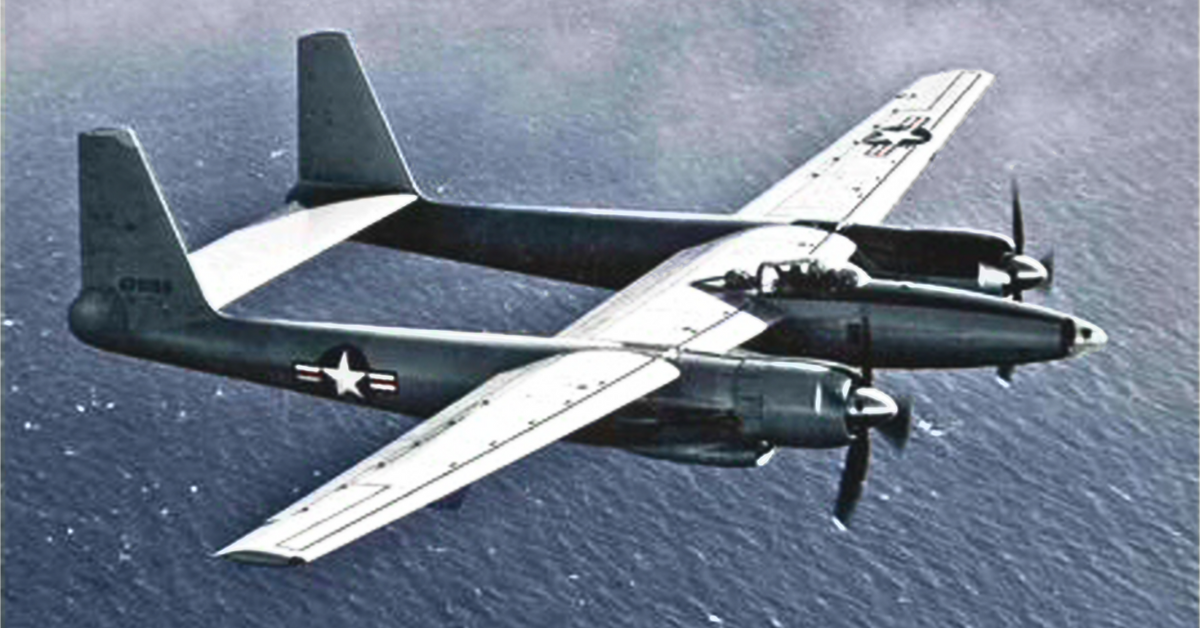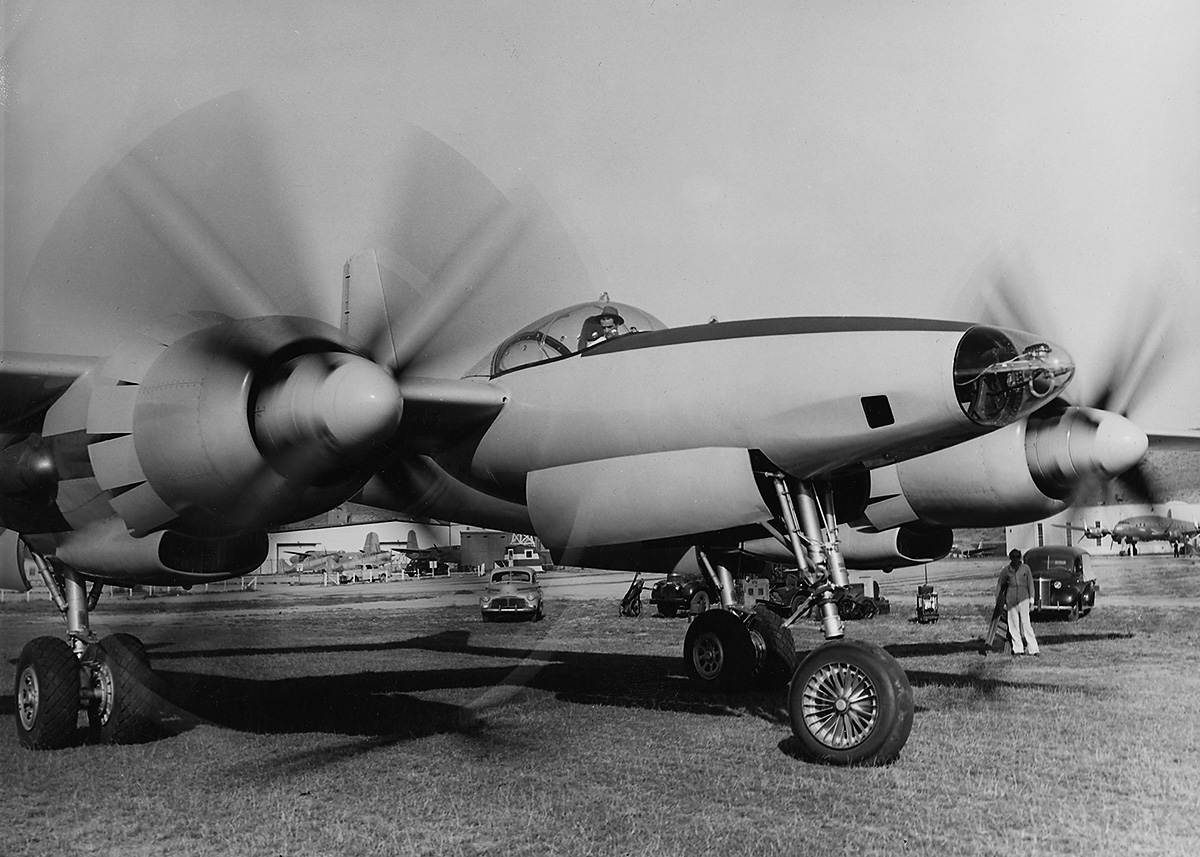The Hughes XF-11: A Failed Venture in Reconnaissance Aviation
The Hughes XF-11 was a visionary prototype reconnaissance aircraft, originally intended to be operated by the US Army Air Forces (USAAF). This innovative aircraft project was a brainchild of the legendary aviator and entrepreneur, Howard Hughes. Hughes’ company embarked on the ambitious journey to construct only two units of the XF-11, but it was a program plagued with challenges and setbacks. Let’s delve into the fascinating story of this ill-fated aircraft.
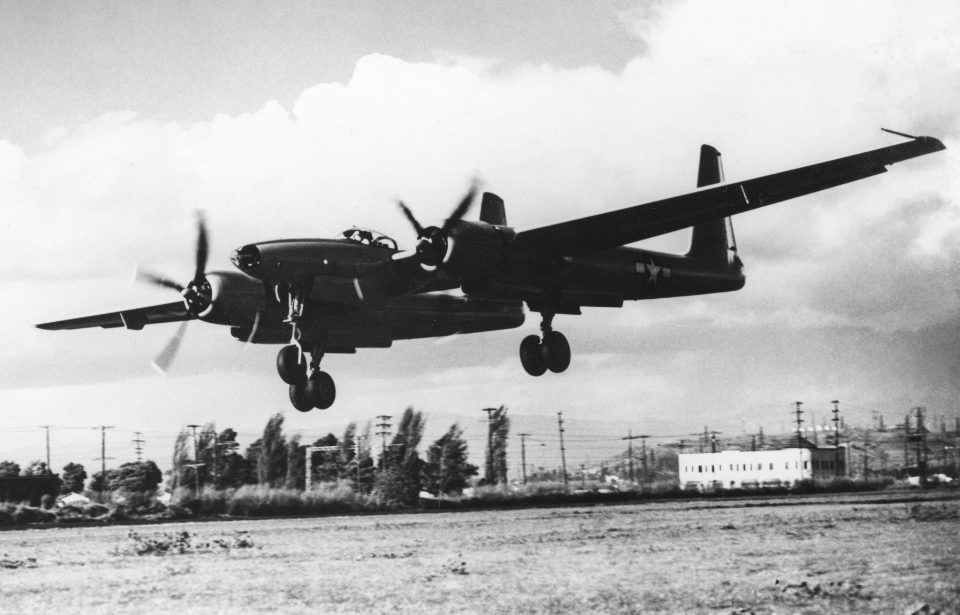
The Genesis of the XF-11
The XF-11 was conceived as a fast, long-range, high-altitude photographic reconnaissance aircraft, building upon the foundation of Howard Hughes’ prior aviation venture, the D-2 fighter-bomber. Hughes, desiring a military contract, passionately pitched the idea of converting the D-2 into a reconnaissance aircraft to the USAAF. To garner support, he employed considerable resources, including recruiting a team of engineers and enlisting the assistance of influential figures like Secretary of Commerce Jesse Holman Jones.
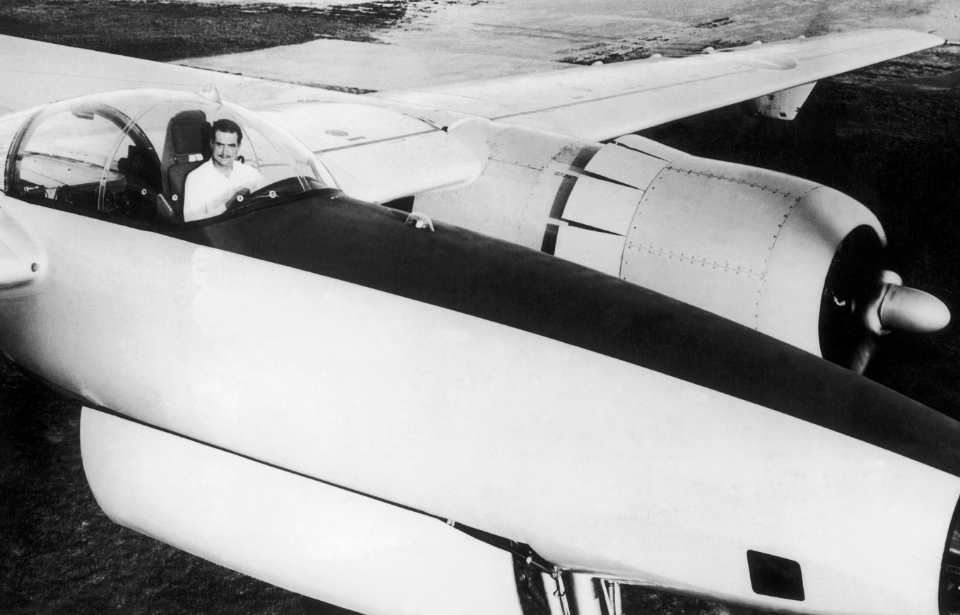
In 1943, Colonel Elliott Roosevelt, representing the USAAF, visited several aircraft manufacturers to explore their designs for reconnaissance planes, among which was Hughes Aircraft Company. After being charmed by John Meyer, Hughes’ public relations agent, Roosevelt recommended Hughes’ proposal to General Henry Arnold, the USAAF chief. This led to an order for 100 XF-11 units, scheduled for delivery by 1944. However, this decision was made against the advice of the USAAF Materiel Command, which had doubts about the reliability of Hughes’ company.
Arnold would later rue his decision, admitting that he had made it “much against my better judgment and the advice of my staff.”
Hughes’ Struggles and Disputes
From the outset, the XF-11 program faced challenges, many stemming from Hughes’ personality and clashes with authorities. An initial point of contention was a $43 million contract, which Hughes believed should have included an additional $3.6 or $3.9 million as compensation for developing the D-2. Furthermore, Hughes opposed the USAAF’s requirements, such as an all-metal design and self-sealing fuel tanks.
Hughes also confronted the War Production Board, which insisted on establishing a new assembly plant near Hughes Tool Company in Houston, Texas, instead of Southern California. Despite his objections, Hughes received only $1.6 million in reimbursement. He eventually acquiesced to the design changes and proceeded to manufacture the XF-11 at his Culver City, California assembly plant.
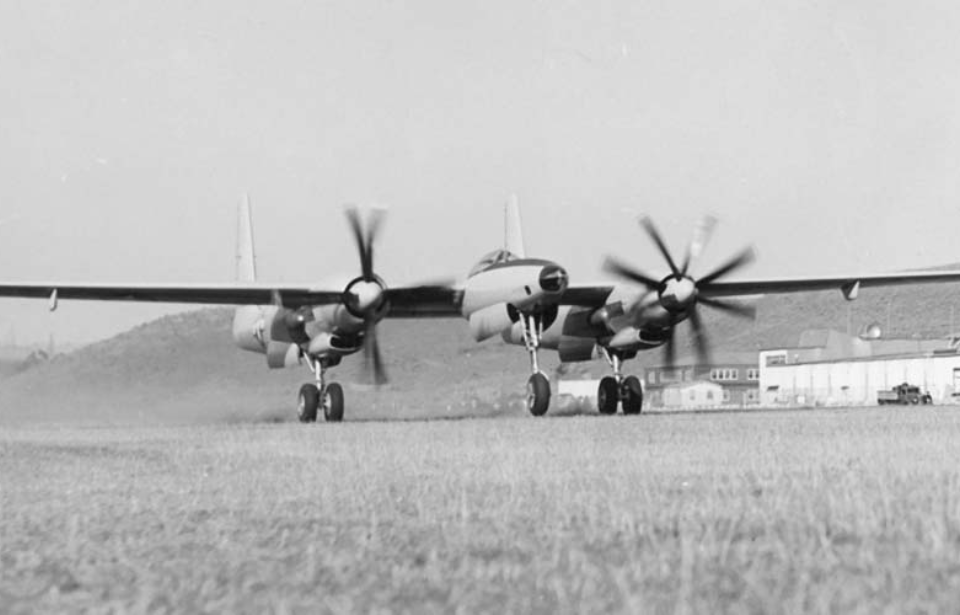
This tumultuous period, marked by numerous disputes, stretched for ten months and culminated in a final contract awarded on August 1, 1944. The XF-11’s production quickly fell behind schedule, prompting the USAAF to threaten program cancellation. To rectify these issues, Hughes enlisted the expertise of Charles Perrell, former Vice President of Production at Consolidated Vultee. Perrell faced a daunting task, as he observed a “complete lack of experience in the design and construction of airplanes in general.” Despite making significant improvements, Perrell encountered setbacks, including the resignation of 21 engineers in May 1944.
By May 1945, with the end of major hostilities in Europe, the USAAF reduced its order from 100 units to just three prototypes, downgrading the program’s priority. During this period, Hughes reasserted control and interfered with the program, leading to the dismissal of Perrell in December.
Specifications of the XF-11
The XF-11’s design bore similarities to the Lockheed P-38 Lightning, featuring a central nacelle housing a two-member crew comprising a pilot and navigator/photographer, as well as twin booms. Its dimensions included a length of 65 feet, five inches, and a wingspan of 101 feet, four inches. The aircraft was powered by two Pratt & Whitney R-4360-31 Wasp Major 28-cylinder, air-cooled radial piston engines, each equipped with a Hamilton-Standard eight-blade, counter-rotation, superhydromatic propeller. These engines propelled the XF-11 to a maximum speed of 450 MPH, with an impressive range of 5,000 miles.
Due to its intended role as a purely photo reconnaissance aircraft and the limited production of only two prototypes, the XF-11 was not equipped with any weaponry.
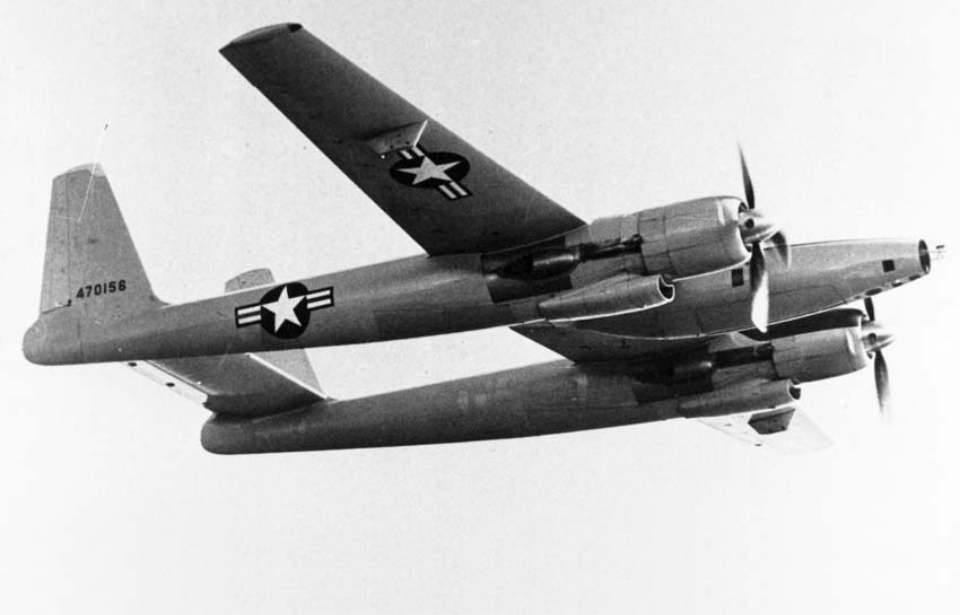
The Testing and Tragic Crash
On April 24, 1946, the first XF-11 prototype embarked on a brief flight, flying at an altitude of just 20 feet. On July 7, Howard Hughes himself assumed control of the aircraft for its inaugural official test flight, which ended tragically with the XF-11 crashing.
The USAAF had recommended a 45-minute test flight requiring 600 gallons of fuel. However, Hughes loaded 1,200 gallons, suggesting his intention to undertake a much longer flight. During takeoff, he immediately violated protocol by retracting the landing gear repeatedly, seemingly unsure whether it had fully retracted. After flying over Culver City for an hour and 15 minutes, a fuel leak caused a malfunction, reversing the pitch of the rear propeller, causing the XF-11 to yaw uncontrollably to the right and descend toward the ground.
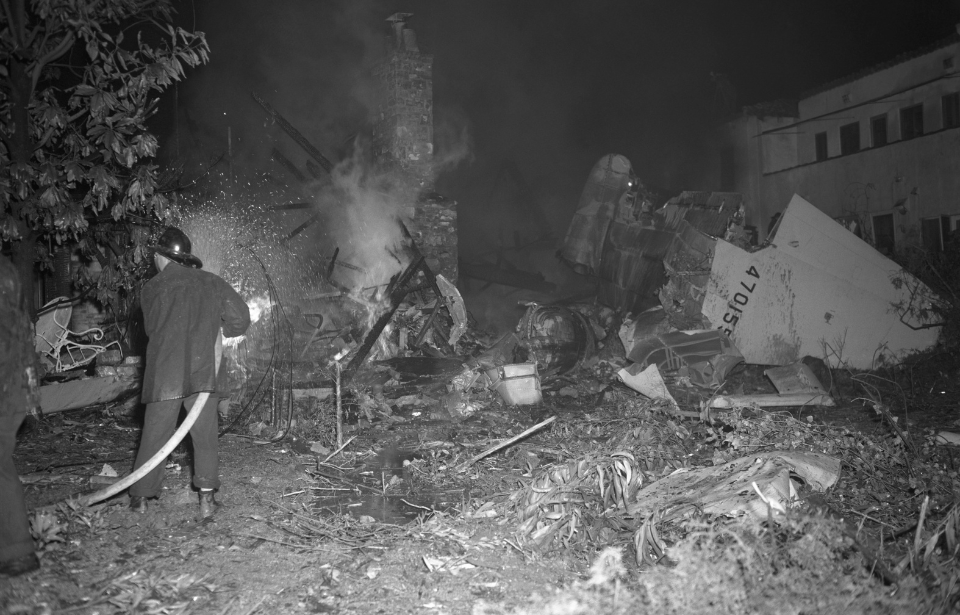
Rather than returning to the runway, Hughes attempted to resolve the issue himself. He continued to raise and lower the landing gear and altered engine power, ultimately leading to a crash landing in Beverly Hills, where the XF-11 destroyed three houses. The aircraft and the third house suffered complete destruction, and Hughes narrowly escaped death.
The USAAF attributed the crash to pilot error, stating that a loss of hydraulic fluid caused the failure of the right rear propeller’s pitch change mechanism.
The Legacy and Demise of the XF-11
On April 5, 1947, Hughes flew the second prototype of the XF-11, which was a relatively uneventful flight. However, it highlighted the aircraft’s issues at low speeds. In July 1948, the newly-formed US Air Force redesignated the XF-11 as the “XR-11,” but shortly thereafter, the program was canceled. The XF-11 had become a casualty of its troubled development, and the dream of it serving as a reconnaissance aircraft remained unrealized.
